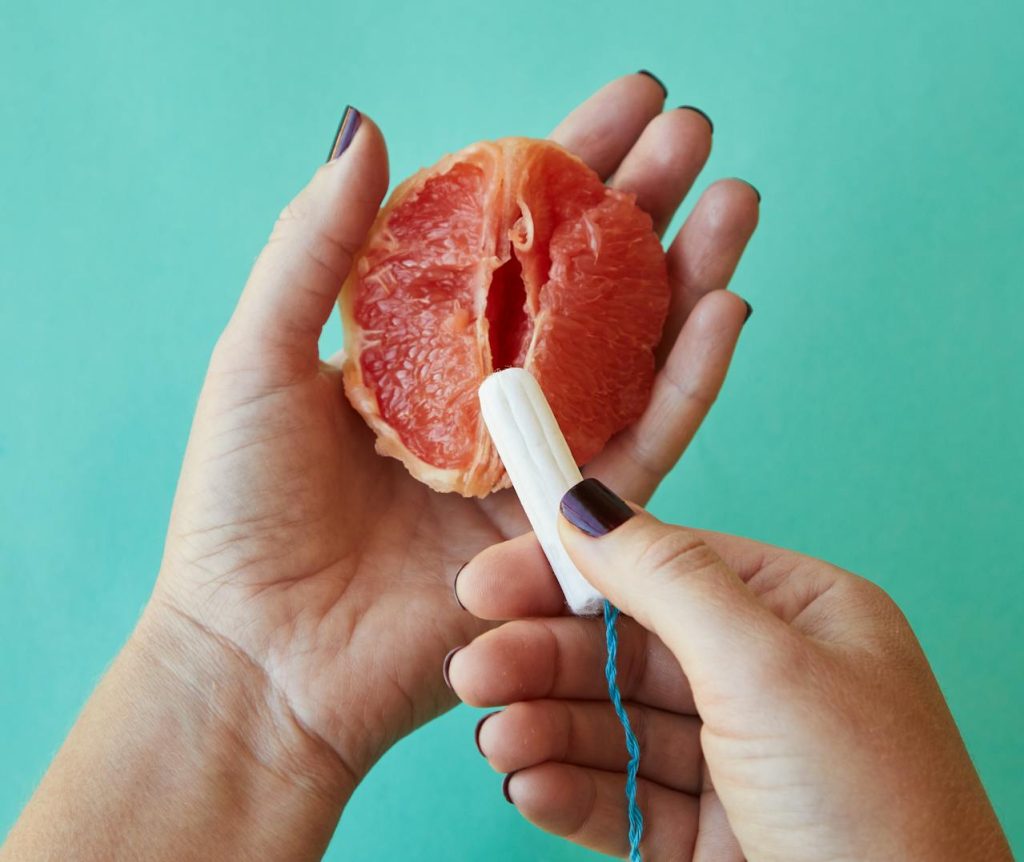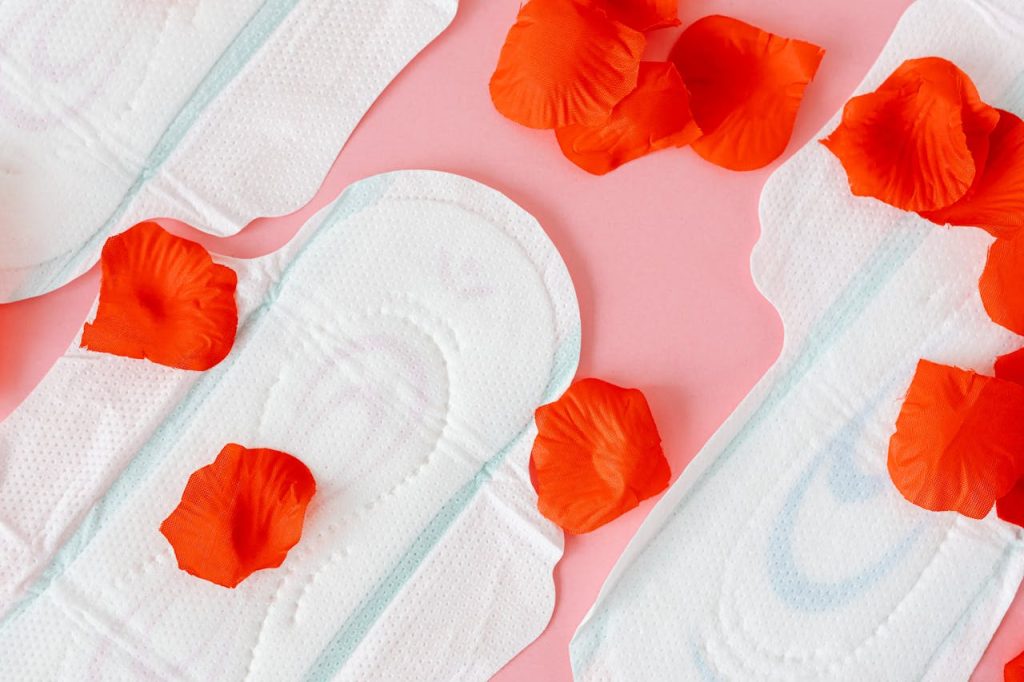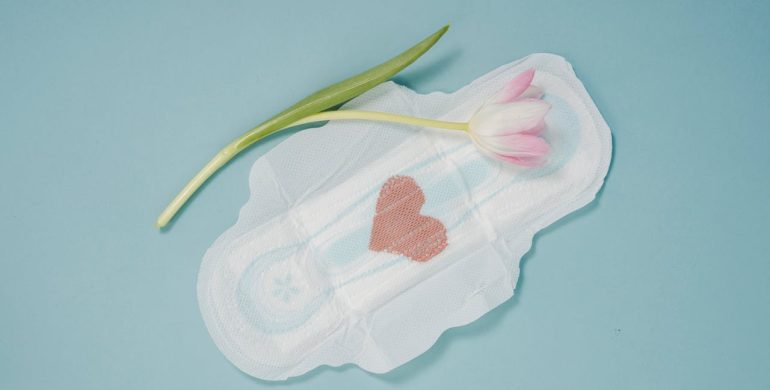Menstruation and menstrual practices are still surrounded by taboos and socio-cultural restrictions, leaving adolescent girls unaware of scientific facts and hygienic health practices, which can lead to negative health outcomes. It is now more crucial than ever for society to openly discuss menstrual issues, as the onset of menstruation is a significant physiological change during adolescence, marking the beginning of physiological maturity in girls. This phenomenon, which continues until menopause, is not only personally important but also has significant social implications.
In commemoration of the world menstrual hygiene day, this article is going to be focusing on the menstrual hygiene of the female gender, giving tips and ideas on how to maintain a good menstrual hygiene.
What is Menstruation?
Menstruation is the monthly shedding of the uterine lining, also referred to as menses, menstrual period, menstrual cycle, or period. Menstrual blood, composed of blood and tissue from the uterus, exits your body through the cervix and vagina. This cycle is a part of your reproductive system, preparing your body for potential pregnancy. Typically, a cycle lasts between 24 and 38 days.
Hygiene for the Girl
Hygiene for women and girls is a bit trickier than that of men. Proper hygiene practices during menstruation are crucial, as inadequate care can heighten the risk of Reproductive Tract Infections (RTIs). According to a 2018 World Bank report, at least 500 million women worldwide lack adequate access to menstrual hygiene products. Insufficient knowledge about menstruation and proper hygiene leads to negative attitudes and practices. Several issues need to be addressed to promote menstrual hygiene, including awareness, the availability and quality of napkins, consistent supply, privacy, water supply, napkin disposal, reproductive health education, and family support.

Importance of Menstrual Hygiene
Menstrual hygiene is crucial for various reasons, impacting health, education, dignity, and overall well-being. Here are some key points highlighting its importance:
- Prevention of health complications and infections: Good menstrual hygiene prevents infection of the reproductive and urinary tract thereby reducing the risk of health complications like toxic shock syndrome (TSS)
- Enhancement of concentration, performance and attendance: When girls have access to menstrual hygiene products, they can pay more attention to their studies. This will increase their interest in education, preventing absenteeism and promoting continuous education.
- Mental well-being: adequate menstrual care helps in maintaining self-confidence which allows women to participate in activities without fear or embarrassment, this also reduces the stigma associated with menstruation, fostering a more supportive and understanding environment.
- Sustainable practices: Encouraging the use of environmentally friendly menstrual products, like menstrual cups or cloth pads, can reduce the environmental impact of disposable products.
- Gender equality: Ensuring menstrual hygiene is a step towards gender equality. This guarantees that women have equal opportunities to compete with their male counter parts in any setting.
Risks of Improper Menstrual Hygiene
When menstrual hygiene is not effectively practiced, there are negative effects that can come about because of that, two of the most known ones are highlighted below:
Skin Irritation
Skin irritation leads to discomfort and can potentially develop into dermatitis, a medical condition characterized by swelling, redness, and sometimes soreness accompanied by blisters. This condition can cause significant pain and may lead to further complications if not properly treated. Dermatitis can arise from various irritants, such as allergens, harsh chemicals, or friction, and it often requires medical attention to manage symptoms and prevent infection. Proper skin care and avoiding known irritants are essential to reducing the risk of developing dermatitis.
Infection
Several infections are likely to set in when there is poor menstrual hygiene, they are inclusive of the following:
- Fungal infection: this is the most common infection for women. The symptoms include vaginal itching, burning sensation, irritation, white discharge and sometimes inflammation. This infection can be caused by dirty sanitary pads and infrequent changing of them or tampons during your period.
- Bacterial infection: this also a common infection that can develop due to poor inadequate menstrual care. Prolonged use of the same sanitary pad can increase the risk of bacterial vaginosis, Moreover, if one is sexually active, pregnant, or has IUD (Intrauterine device) the chances of getting bacterial vaginosis are high.
- Yeast infection: Almost every woman experiences a yeast infection at least once in her lifetime. This fungal disease is caused by Candida albicans. The vagina has its own biome with beneficial bacteria that maintain a healthy balance. However, when your immune system is weakened, the fungus can overgrow, leading to an infection. Poor menstrual hygiene practices can exacerbate this condition.
- Urinary tract infection: A urinary tract infection (UTI) occurs when bacteria infects the bladder, potentially affecting the kidneys. Symptoms include a burning sensation during urination and a sudden, urgent need to use the restroom, making it difficult to wait. Changes in the vaginal pH and poor menstrual hygiene practices can contribute to the development of UTIs.

Menstrual Hygiene Tips
- Change frequently – The fundamental rule for maintaining vaginal hygiene is to change sanitary napkins or tampons every 4-6 hours.
- Avoid using soaps or vaginal hygiene products – Although daily use of vaginal hygiene products might seem beneficial, overuse should be avoided. The vagina has a natural self-cleaning mechanism that is particularly active during menstrual cycles. Excessive use of artificial hygiene products can disrupt this natural process, potentially causing infections and bacterial overgrowth.
- Wash properly and stick to one method of sanitation – Utilizing multiple methods can create a misleading impression of minimal menstrual blood loss, resulting in the prolonged use of sanitary products and increasing the risk of infection due to extended contact. The right way to wash is using your hands in motion from the vagina to the anus, not vice-versa.
Conclusion
It might seem challenging and overwhelming to be so diligent about your menstrual hygiene, but educating yourself is the first step to making the process more manageable. The Restored Heart Foundation has taken significant strides in spreading awareness by going into the community and educating people about menstrual hygiene. Improving feminine hygiene is a journey we must undertake gradually, and we hope this article will help ease the way.
References
- https://www.ncbi.nlm.nih.gov/pmc/articles/PMC2784630/
- https://www.ckbhospital.com/blogs/why-is-it-important-to-maintain-menstrual-hygiene/
-
https://www.healthshots.com/intimate-health/menstruation/4-risks-of-poor-menstrual-hygiene-practices-and-infections-it-can-lead-to/
Written by:
Rahmah Idris Abdulaziz
Edited by:
Edith Augustine


